
Click on the “blue text” to follow us

Medical Guidance
Dr. Hu Tao, Deputy Chief Physician of the Traditional Chinese Medicine Department at Guangzhou First People’s Hospital, welcomes you to continue following us.
In TCM theory, there are concepts of “heat” and “cold” that are easy to understand, such as heat in summer and cold in winter. When manifested in the body, a pathological condition is termed “upper heat and lower cold”. So, what does upper heat and lower cold mean, and what are its clinical manifestations?Upper heat and lower cold, in simple terms, refers to the upper part of the body being filled with signs of heat, while the lower part exhibits signs of cold, which contradicts the normal distribution of cold and heat in the human body.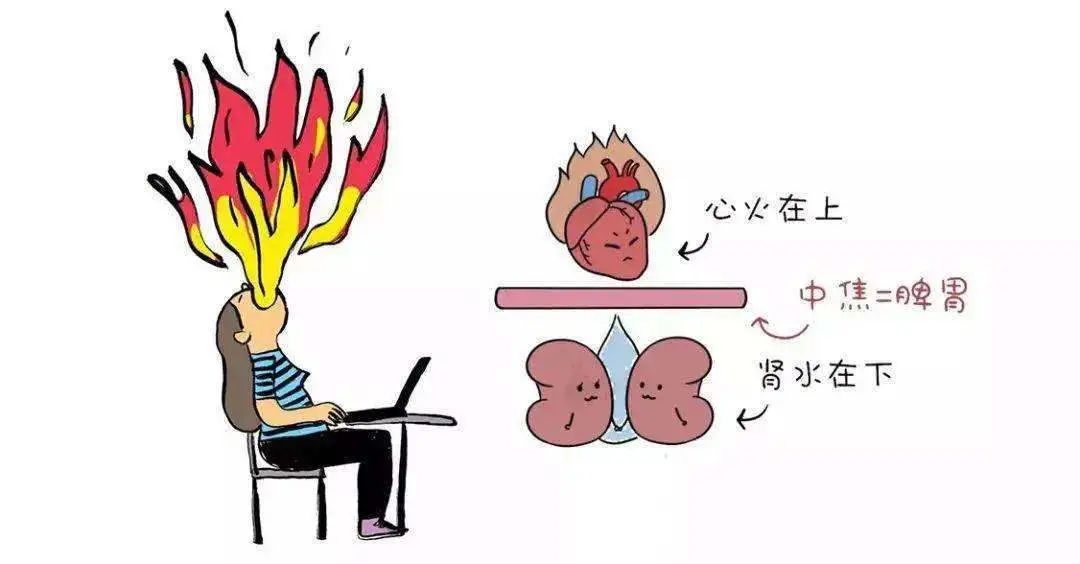 TCM emphasizes the unity of heaven and man, where physiological and pathological changes in the human body correspond to changes in the natural world. A healthy body should have a cool upper half, similar to the sky, so that the heart fire (yang heat) does not become too vigorous, just as temperatures decrease with altitude.If the heart fire (yang heat) is too vigorous, it will manifest as symptoms of heat, such as oral ulcers, irritability, insomnia, acne, and sore throat.
TCM emphasizes the unity of heaven and man, where physiological and pathological changes in the human body correspond to changes in the natural world. A healthy body should have a cool upper half, similar to the sky, so that the heart fire (yang heat) does not become too vigorous, just as temperatures decrease with altitude.If the heart fire (yang heat) is too vigorous, it will manifest as symptoms of heat, such as oral ulcers, irritability, insomnia, acne, and sore throat.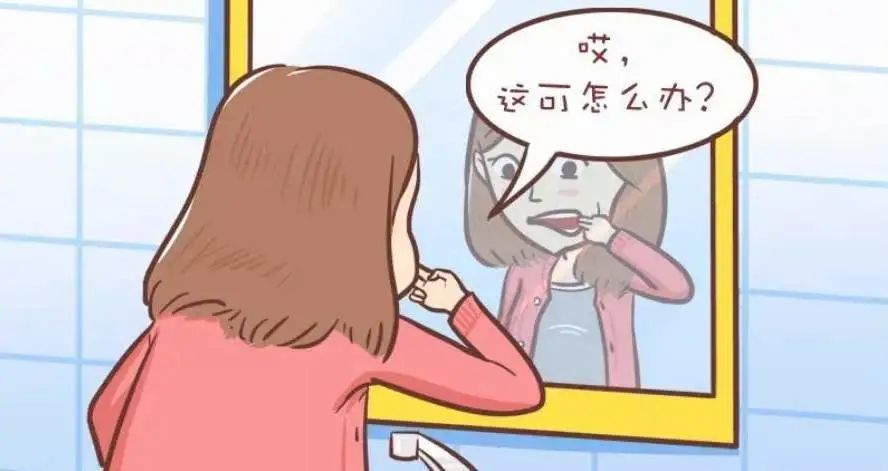 Similarly, the lower half of a healthy body should be warm, just like the magma in the Earth’s crust, which prevents kidney water from becoming too cold, allowing the earth to have warmth and support the growth of all things. If the lower part is too cold, it will lead to clinical manifestations of insufficient yang energy and coldness, such as cold hands and feet, loose stools or constipation, lower abdominal pain, dysmenorrhea, irregular menstruation, and dampness in the scrotum.
Similarly, the lower half of a healthy body should be warm, just like the magma in the Earth’s crust, which prevents kidney water from becoming too cold, allowing the earth to have warmth and support the growth of all things. If the lower part is too cold, it will lead to clinical manifestations of insufficient yang energy and coldness, such as cold hands and feet, loose stools or constipation, lower abdominal pain, dysmenorrhea, irregular menstruation, and dampness in the scrotum.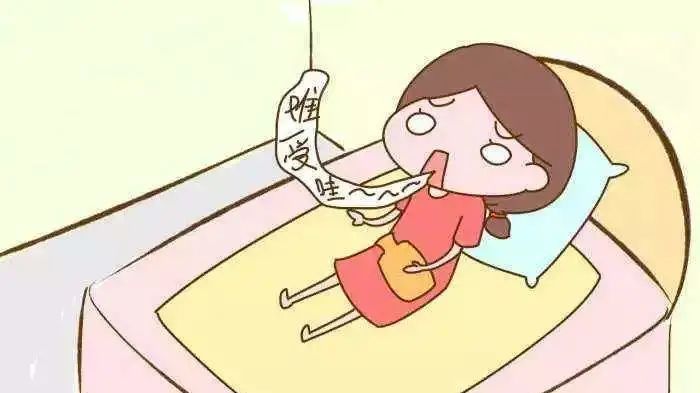 So, which organ system in TCM regulates the distribution of cold and heat? Generally speaking, the body’s qi dynamics operate like a constantly turning wheel, with the spleen and stomach acting as the central axle, and the liver and lungs as the fixed sides of the wheel. The highest and lowest points of the wheel are the heart and kidneys.
So, which organ system in TCM regulates the distribution of cold and heat? Generally speaking, the body’s qi dynamics operate like a constantly turning wheel, with the spleen and stomach acting as the central axle, and the liver and lungs as the fixed sides of the wheel. The highest and lowest points of the wheel are the heart and kidneys.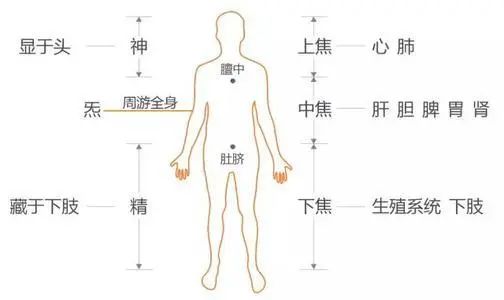 Therefore, the uneven distribution of cold and heat mainly involves these systems:First, the middle jiao (spleen and stomach), which regulates the three jiao (upper, middle, and lower), controlling the circulation of the body’s interior and exterior. If one usually consumes too much cold and cool food, overeats, or indulges in alcohol and meat, it can weaken the function of the spleen and stomach, thus failing to regulate qi dynamics. Just like a damaged wheel, the vehicle’s operation becomes unstable, leading to various symptoms such as upper heat and lower cold, and in severe cases, organic changes can occur, such as postprandial bloating and belching. Formulas like Xiao Chai Hu Tang (Minor Bupleurum Decoction) and Ban Xia Xie Xin Tang (Pinellia Decoction) can be used for treatment as needed, which is also the most common and fundamental cause of upper heat and lower cold.
Therefore, the uneven distribution of cold and heat mainly involves these systems:First, the middle jiao (spleen and stomach), which regulates the three jiao (upper, middle, and lower), controlling the circulation of the body’s interior and exterior. If one usually consumes too much cold and cool food, overeats, or indulges in alcohol and meat, it can weaken the function of the spleen and stomach, thus failing to regulate qi dynamics. Just like a damaged wheel, the vehicle’s operation becomes unstable, leading to various symptoms such as upper heat and lower cold, and in severe cases, organic changes can occur, such as postprandial bloating and belching. Formulas like Xiao Chai Hu Tang (Minor Bupleurum Decoction) and Ban Xia Xie Xin Tang (Pinellia Decoction) can be used for treatment as needed, which is also the most common and fundamental cause of upper heat and lower cold.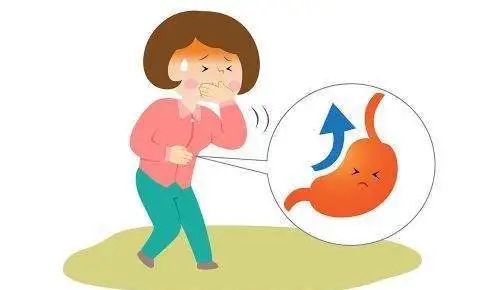 Second, the liver and lungs. TCM theory holds that the liver governs the smooth flow of qi, while the lungs govern the descending of qi. The liver assists the spleen in ascending the clear, and the lungs descend in harmony with the stomach. If the spleen and stomach are like currency circulating normally to ensure the economy operates smoothly, then the liver and lungs are like the powerful agencies of the state, maintaining order and normal operation. Women are more prone to symptoms of upper heat and lower cold due to their inherent connection to the liver, which is why such symptoms are more commonly seen in female patients in the clinic. Once the liver and lung circulation experiences functional abnormalities, this mixed cold-heat condition can become persistent, often seen in middle-aged and elderly individuals, and treatment with Wu Mei Wan (Mume Pill) can be considered.
Second, the liver and lungs. TCM theory holds that the liver governs the smooth flow of qi, while the lungs govern the descending of qi. The liver assists the spleen in ascending the clear, and the lungs descend in harmony with the stomach. If the spleen and stomach are like currency circulating normally to ensure the economy operates smoothly, then the liver and lungs are like the powerful agencies of the state, maintaining order and normal operation. Women are more prone to symptoms of upper heat and lower cold due to their inherent connection to the liver, which is why such symptoms are more commonly seen in female patients in the clinic. Once the liver and lung circulation experiences functional abnormalities, this mixed cold-heat condition can become persistent, often seen in middle-aged and elderly individuals, and treatment with Wu Mei Wan (Mume Pill) can be considered.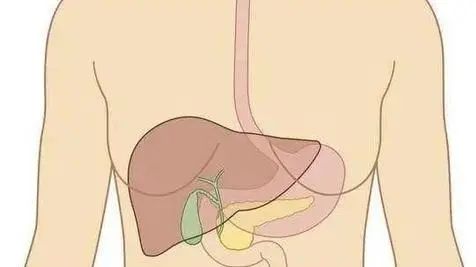 Third, the heart and kidneys, which is the final manifestation of upper heat and lower cold, is also the result of abnormal functioning of the middle jiao (spleen and stomach) and liver-lung systems. Therefore, when TCM practitioners encounter upper heat and lower cold, they often explain it as “heart and kidney not communicating”, but this is not the cause; it is the result.
Third, the heart and kidneys, which is the final manifestation of upper heat and lower cold, is also the result of abnormal functioning of the middle jiao (spleen and stomach) and liver-lung systems. Therefore, when TCM practitioners encounter upper heat and lower cold, they often explain it as “heart and kidney not communicating”, but this is not the cause; it is the result.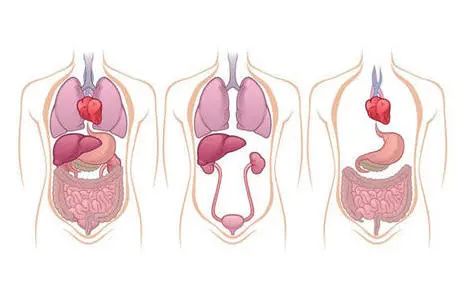
In addition to medicinal intervention, the most important factors are to maintain a cheerful mood, have regular sleep, and eat in moderation, achieving:
① A broad mind, calm and empty;
② Follow the biological clock, avoid staying up late, ensure adequate sleep, and have a “noon nap”;
③ A light diet, avoiding spicy, stimulating, or excessively cold foods, to ensure the spleen and stomach function properly, and the liver and lungs operate in order, thus maintaining normal distribution of cold and heat.

Written by丨Hu Tao
Profile:
Hu Tao
Guangzhou
First People’s Hospital
Department of Traditional Chinese Medicine
Deputy Chief Physician

Medical Doctor, core member of the Guangzhou Famous TCM Physician Studio. He has studied under renowned TCM physicians such as Professor Lü Zhiping and Professor Lin Lin, specializing in combining traditional formulas with modern treatments for respiratory, digestive, liver-gallbladder, and limb meridian diseases, such as dry mouth, bitter taste, halitosis, postprandial bloating, excessive gas, diarrhea, chronic cough and asthma, insomnia, and pain in the neck, shoulders, waist, and legs. He can also adjust treatments based on the patient’s constitution, such as phlegm-damp and blood-stasis constitutions, to harmonize the overall state and achieve balance of qi and blood.

Consultation Hours:
Monday afternoon, Clinic Building, 3rd floor, Room 3 (Guangzhou Famous TCM Physician Studio)
Tuesday to Friday, Internal Medicine Building, 6th floor, TCM Ward (10 AM – 5 PM, prior communication via WeChat required)
END
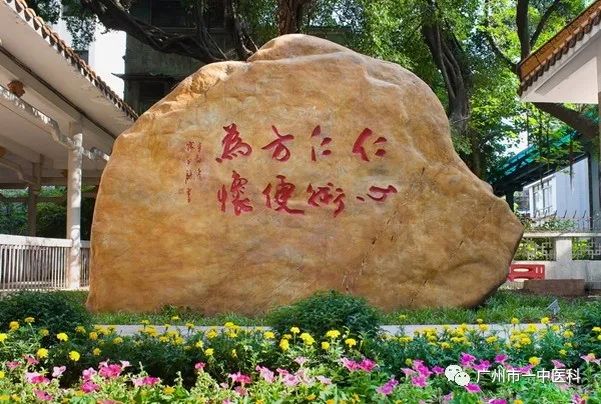
Editor丨 Yi Life Pocket Medical Assistant
Editors丨 Ma Jun, Zhang Yanhong
Hospital Address: No. 1 Panfu Road, Yuexiu District, Guangzhou.

